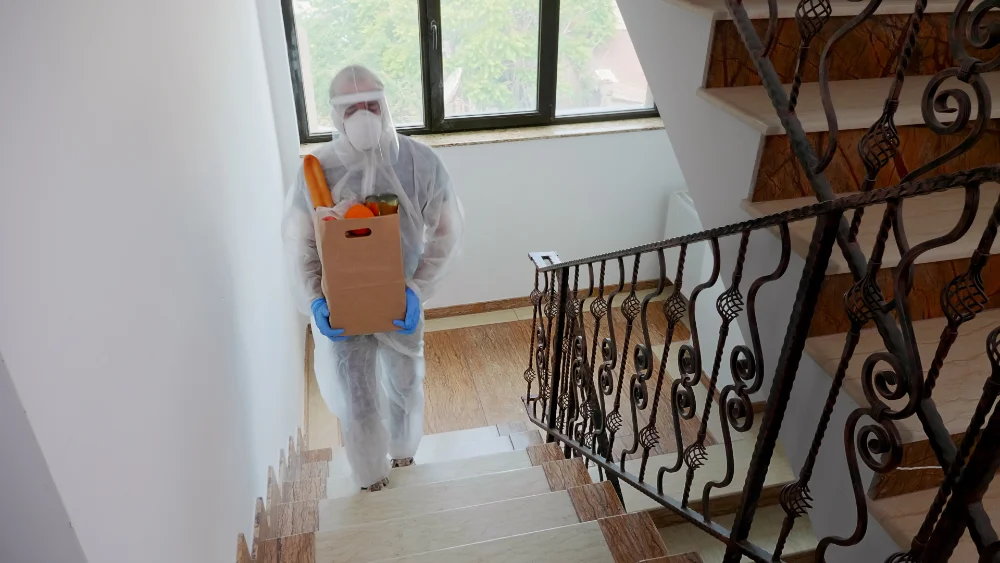Termites can cause significant damage to homes, especially in Central Texas. Understanding the signs of a termite problem is crucial for preventing costly repairs. In this blog, I will outline the top five signs that may indicate a termite issue. Recognizing these signs early can help you take action and protect your home.
- Mud tubes on walls or foundations often indicate termite activity.
- Hollow-sounding wood suggests internal damage from termites.
- Discarded wings near windows or doors can signal a nearby swarm.
These signs can point to a termite problem that needs professional intervention. A Cedar Park pest control service can help identify and address such issues. Termites thrive in the warm climate of Central Texas, making vigilance essential. By staying alert to these indicators, you can protect your home and investment. Let’s explore these signs further to better understand what to watch for.
1. Mud Tubes
Mud tubes are a common sign of termites. These small tunnels made of soil and wood particles can be found on walls or foundations. Termites use them for protection while traveling between their colony and food sources. If you spot these tubes, it might be time to call a professional for an inspection. According to the Alabama Cooperative Extension System, these tubes often run from the ground up to the wooden parts of your home.
2. Hollow-Sounding Wood
Wood that sounds hollow when tapped can be a red flag for termite damage. Termites eat wood from the inside out, leaving a thin outer layer intact. This can make wooden structures weak and prone to collapse. Regularly checking the integrity of wooden beams, floors, and furniture can help you detect this sign early. The Environmental Protection Agency suggests tapping on wood to listen for unusual sounds as part of routine maintenance.
3. Discarded Wings
Termites swarm to reproduce and start new colonies. During this process, they shed their wings, which can often be found near windows, doors, or light sources. These discarded wings are a clear indication that termites may be nearby. Keeping an eye out for them can alert you to potential issues before they become serious. Swarmers typically appear in spring, but in warmer climates like Central Texas, they can emerge at different times.
4. Frass (Termite Droppings)
Frass, or termite droppings, can be another sign of infestation. These tiny pellets are usually found near the entry points of termite activity, such as small holes in wood. Frass resembles sawdust or coffee grounds and indicates active termites inside your home. Cleaning up and monitoring these areas can help track the extent of the problem. Termites push frass out of their tunnels to keep them clean, making these droppings a useful detection tool.
5. Tight-Fitting Doors and Windows
Doors and windows that suddenly become difficult to open or close may be a sign of termite damage. As termites consume wood, they create moisture that causes wood to warp. This can lead to structural changes that affect how doors and windows fit within their frames. Regularly checking the fit and alignment of these fittings can help catch problems early. This symptom is often overlooked, but it provides a valuable clue for identifying hidden termite activity.
Comparison Table: Termite Signs and Solutions
| Sign of Infestation | Possible Solution |
| Mud Tubes | Professional inspection and removal |
| Hollow-Sounding Wood | Structural reinforcement and treatment |
| Discarded Wings | Identify and destroy nearby colonies |
| Frass | Cleaning and monitoring for activity |
| Tight-Fitting Doors/Windows | Moisture control and structural repairs |
Understanding these signs is the first step in protecting your home from termites. Regular inspections and prompt action can prevent extensive damage. Remember, a timely response can save you time and money in the long run. If any of these signs seem familiar, don’t hesitate to reach out to a Cedar Park pest control service for professional advice and intervention. Taking these steps will help ensure your home remains safe and termite-free.



